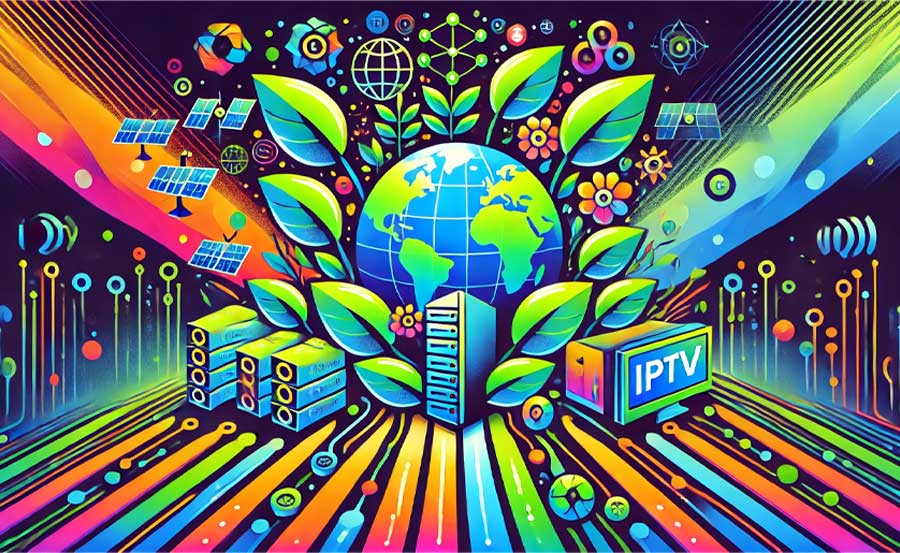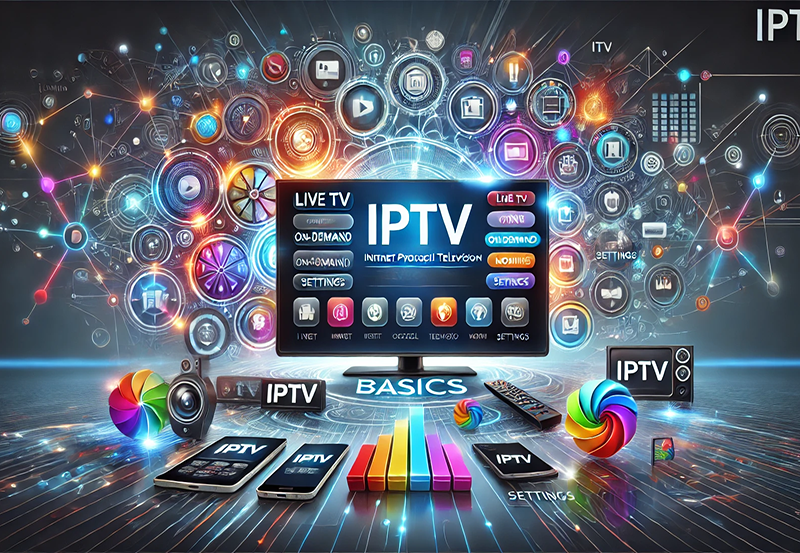The growing demand for streaming services, particularly IPTV (Internet Protocol Television), has brought up concerns around energy consumption and its impact on the environment. As the world becomes increasingly reliant on digital content and entertainment, understanding the sustainability of streaming services and how they affect energy use is essential.
Buy 1 Year IPTV and Enjoy Unlimited Content
The Rise of IPTV and Streaming Services
IPTV has quickly become one of the most popular methods for accessing television content, thanks to its flexibility, vast content options, and ability to stream across multiple devices. However, this convenience comes with a significant energy cost. With the rising number of users, the infrastructure required to support streaming—such as data centers, network infrastructure, and end-user devices—demands more energy, raising questions about the sustainability of IPTV and other digital services.
How Streaming Uses Energy
When streaming IPTV content, several key components contribute to energy consumption. These include:
- Data Centers: The backbone of any IPTV service is the data centers that store and transmit content to viewers. These centers run 24/7 and require large amounts of electricity to power the servers, cooling systems, and related infrastructure that ensure the uninterrupted delivery of high-quality video streams.
- Network Infrastructure: Data transmission requires a vast network of fiber-optic cables, routers, switches, and towers that enable content to reach homes and devices. The more streaming occurs, the more energy the network consumes to maintain reliable, high-speed connections.
- End-User Devices: Devices like smart TVs, set-top boxes, smartphones, and tablets also contribute to energy consumption. Watching HD or 4K content on a large screen uses more energy compared to streaming on a smaller device. Additionally, features such as Wi-Fi or Ethernet connections increase overall energy use.
IPTV and Its Carbon Footprint
As IPTV continues to grow in popularity, its environmental footprint becomes larger. The sheer volume of data transferred and processed results in high energy demands that can translate into increased greenhouse gas emissions. While individual streaming sessions might seem insignificant, the collective impact of millions of users worldwide adds up.
Research shows that video streaming services contribute a significant portion of internet traffic, leading to increased energy consumption. This raises concerns about the carbon footprint of streaming, particularly when servers are not powered by renewable energy sources. Data centers that rely on fossil fuels amplify the environmental impact of IPTV services.Installing Kodi on FireTV: A Step-by-Step Guide
Strategies for Reducing IPTV Energy Consumption
The good news is that both service providers and consumers can take steps to reduce energy consumption in the IPTV ecosystem:
- Use Energy-Efficient Devices: Viewers can opt for energy-efficient smart TVs, set-top boxes, and other devices that consume less power. Many modern devices now come with energy-saving modes that automatically reduce power usage during inactive periods.Updating Your MAG Device: A Step-by-Step Guide
- Optimize Streaming Quality: Streaming content at a lower resolution can significantly reduce energy consumption. For example, streaming at 720p instead of 1080p or 4K consumes less bandwidth and requires less power, especially on smaller screens where the quality difference may not be noticeable.
- Data Center Efficiency: IPTV providers can reduce their environmental impact by adopting energy-efficient practices at data centers. This includes optimizing cooling systems, using renewable energy sources, and implementing smarter data management techniques to minimize waste.
- Embrace Renewable Energy: Service providers that invest in green energy sources for their operations can greatly reduce the carbon footprint of their streaming services. By powering data centers with solar, wind, or hydroelectric energy, they can offer a more sustainable IPTV solution.
- Use Cloud-Based Solutions: Cloud-based IPTV services can centralize and streamline the streaming process, reducing redundancy and energy usage. Providers can rely on advanced cloud infrastructure, which is often more efficient than localized servers, to deliver content more sustainably.
The Role of Consumers
As consumers become more aware of the environmental impact of their streaming habits, many are looking for ways to make more sustainable choices. By selecting IPTV services that prioritize energy efficiency and sustainability, viewers can reduce their carbon footprint. Consumers can also practice responsible streaming by adjusting video quality, limiting streaming time on large devices, and turning off devices when not in use.
IPTV offers unparalleled convenience and entertainment, but its energy consumption is a growing concern in the sustainability conversation. As both IPTV providers and consumers become more conscious of their environmental impact, steps can be taken to reduce energy use without sacrificing the quality or availability of content. By adopting energy-efficient practices, embracing renewable energy, and making mindful streaming choices, the future of IPTV can be both entertaining and sustainable.




